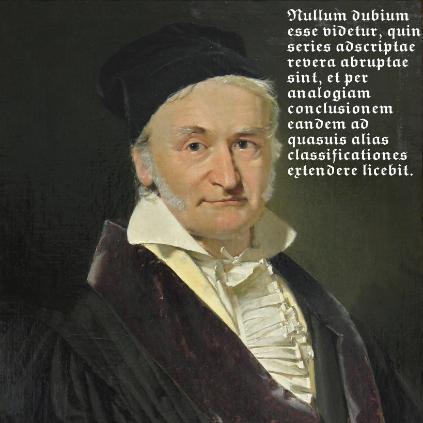Arithmetic Statistics

Ever since Gauss wrote his famous treatise Disquisitiones Arithmeticae over 200 years ago, number theorists have been studying ideal class groups of number fields. At a very elementary level, a deeper understanding of class groups enables us to solve Diophantine equations; but more deeply it can be seen as the base step of the Langlands programme; and also has practical applications in modern cryptosystems. Already in the Disquisitiones, Gauss formulated his famous class number 1 problem: to prove that there are only finitely many imaginary quadratic fields with class number 1, but infinitely many such real quadratic fields. The former was resolved in the course of the 20th century, a story that, in its dramatic ups and downs, could easily be the script for a movie; while the latter is a famous open problem today! In the early 1980s Cohen and Lenstra initiated a much more sophisticated programme to understand statistical properties of class groups in natural families, and this has become a thriving area of research, with generalisations to elliptic curves, low-dimensional manifolds, and more. At Glasgow we study such "arithmetic statistics" problems and their generalisations from analytic, algebraic, and geometric points of view.

